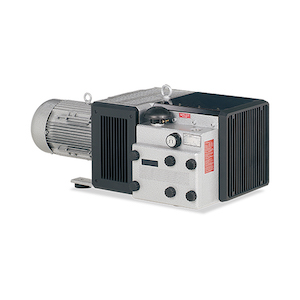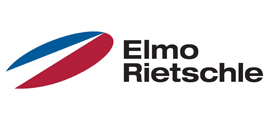Elmo Rietschle Rotary Vane Vacuum Pumps V Series | Carotek
Carotek.com displays pricing in accordance with our manufacturer’s internet pricing policies. Contact us for volume discounts and quotes.
 Images are representative only - actual product may differ
Images are representative only - actual product may differPart #ELMRIET-RVVP
Requires QuoteTo obtain a price quote or ask a question, add item(s) to your cart and select 'Request Information or Quote' from the cart page.
Brand : Elmo Rietschle Vacuum Pumps
States : NC, SC, TN, VA
Elmo Rietschle V series cover a range of applications. The eco-friendly, dry running rotary vane pumps are used for industrial vacuum, pressure and combined pressure and vacuum applications.
- Industry / Applications
Industrial vacuum cleaners/ central extraction systemsLetter sorting/ envelopingPackagingPrinting & PaperPneumatic conveyingSoil treatmentTextileThermoforming

